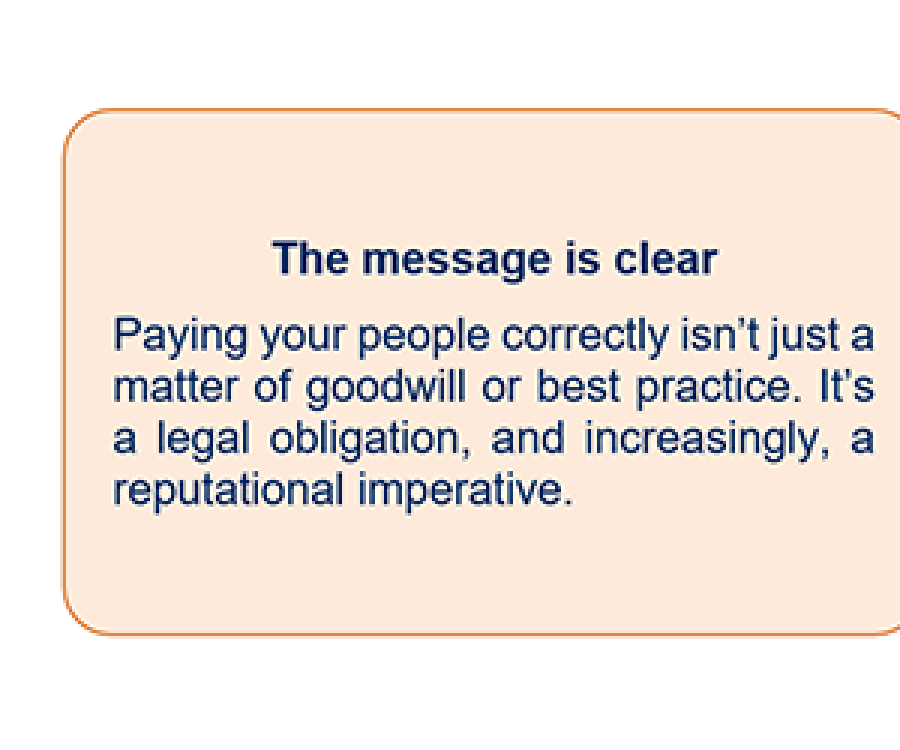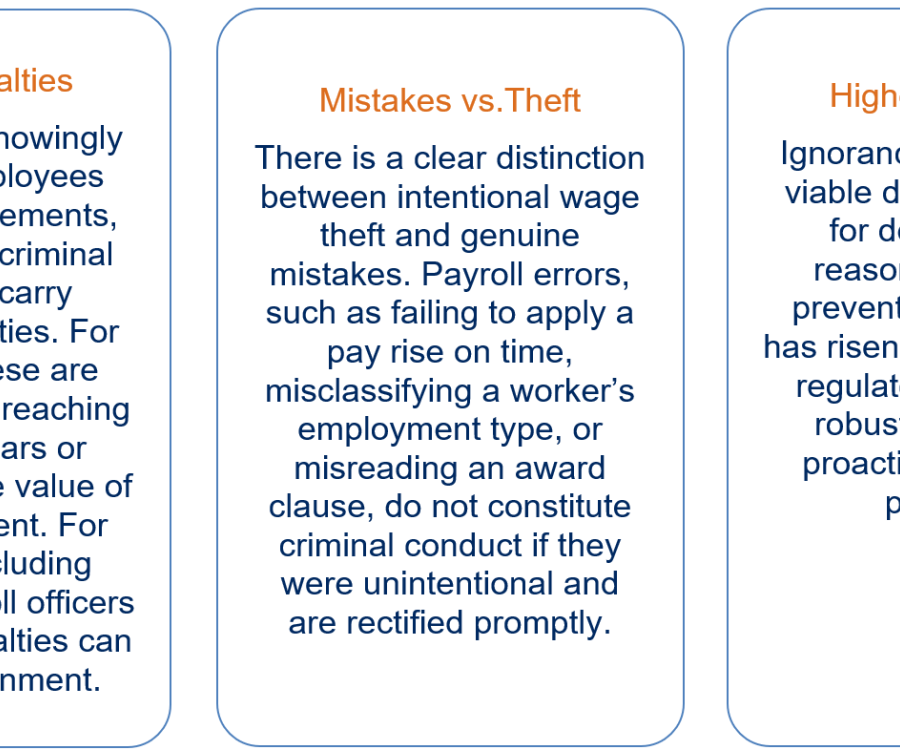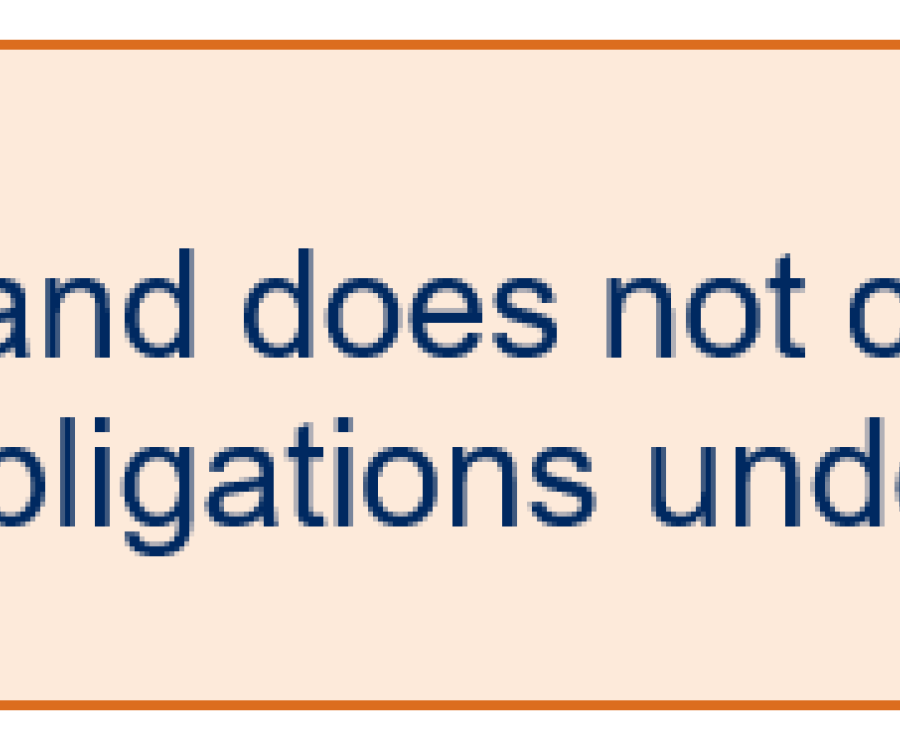Working for Free: What Payroll Can Learn from Australia’s Latest Wage Theft Cases
The Real Cost of Getting it Wrong
Wage theft is no longer a fringe issue, or a problem confined to a few bad actors in the hospitality or retail sectors. In 2025, it is front and centre of national employment policy, and the consequences for employers are serious. From 1 January, deliberate wage underpayment became a criminal offence, punishable by fines of up to $7.8 million or 10 years imprisonment for individuals found guilty.

These new laws mark a cultural and regulatory turning point. For the first time, the legal distinction between accidental underpayment and intentional wage theft is being actively enforced. The burden that is on employers, both large and small, to prove diligence and compliance, has never been higher. State-level initiatives such as Victoria’s Wage Theft Act 2020 have already tested the waters, but this is now a national movement, backed by the weight of the Commonwealth.
In the age of public regulator press releases, social media exposés, and class action litigation, payroll mistakes don’t stay hidden for long. Even well-intentioned businesses are finding themselves in a difficult situation, due to poor system configuration, a lack of understanding of modern awards, or weak internal controls.
In this article, we explore what’s at stake, unpack some of the cautionary tales making headlines, and outline what payroll teams, business owners, and HR leaders need to know, to avoid becoming the next case study.
Understanding Wage Theft in Australia
Wage theft is a term that’s become common in headlines, and its legal meaning is precise. Its implications, however, are profound. Under Australian workplace law, wage theft refers to the deliberate and dishonest underpayment of employee entitlements, such as wages, penalty rates, superannuation, or leave. From 2025, criminal penalties for wage theft have fundamentally changed the legal landscape.

It is also worth noting the introduction of a voluntary compliance code for small businesses, designed to offer some protection where employers have acted in good faith and taken clear steps to comply.
However, this code is only available to eligible small businesses and does not provide a blanket exemption from liability.
In practical terms, wage theft encompasses more than just missed payslips or a few dollars in rounding errors. It includes failure to pay superannuation on time, systematically under-classifying roles, averaging hours inappropriately, and even deducting money for breaks or equipment without lawful authority. These practices feature regularly in enforcement actions and are now seen as major compliance red flags.
Wage theft is not a theoretical risk. It is an active compliance concern, and with criminal enforcement now part of the regulatory toolkit, payroll teams must move from reactive troubleshooting to proactive prevention.
Case Studies: Real-World Consequences
Across industries - from real estate and retail to education and hospitality - wage underpayment is no longer something that can be quietly corrected behind closed doors. Recent enforcement actions show that regulators are pursuing not only backpay but also naming and prosecuting employers, with consequences ranging from reputational damage to court-ordered penalties. Here are three examples that underscore just how far-reaching the risks can be.
When Administration Fails: The Rookie Employee Left Unpaid
A small suburban real estate agency recently faced legal action for allegedly failing to pay an 18-year-old receptionist her minimum lawful wages. The employee worked for several weeks before realising she hadn’t been paid. When she raised the issue, her concerns reportedly went unanswered.
The amount owed, just over $3,400, may seem trivial in corporate terms, but the regulator took the breach seriously, citing the employer’s failure to act even after receiving a compliance notice. Legal proceedings are ongoing.
Key lesson: Even small employers are not exempt from scrutiny. Administrative failures, especially when repeated or ignored, can quickly escalate to enforcement. A single complaint from a junior employee can trigger regulator involvement, particularly when youth wages and award rates are involved.
Deductions, Disputes, and a Café’s Day in Court
A hospitality business owner in metropolitan Melbourne was fined nearly $8,000 personally, while his company was ordered to pay more than $3,600 in compensation to a former chef on a temporary visa. The business unlawfully deducted money from the chef’s wages, reportedly for accommodation and uniforms, without valid written consent.
The investigation also revealed broader underpayments, a lack of proper payslips, and non-compliance with the applicable award. Despite multiple warnings and an earlier investigation, the underpayments were not resolved until formal legal proceedings began.
Key lesson: Illegal deductions, even when framed as ‘cost recovery’, can breach workplace laws if not expressly agreed to and documented. Payroll officers must ensure all deductions meet the strict legal requirements, especially when dealing with vulnerable workers or visa holders.
When Compliance Lags Behind: Underpayment at Scale in Higher Education
In a high-profile case, a leading Australian university agreed to pay $22 million in wages and a further $50 million in superannuation, interest, and penalties after a multi-year investigation uncovered underpayments affecting over 25,000 current and former employees.
The university admitted many casual academics and professional staff were underpaid over a decade due to flawed timekeeping systems, inconsistent application of enterprise agreements, and a lack of oversight. Some staff were paid flat hourly rates below their lawful entitlements for preparation time, marking, and out-of-hours work. The issue was described as systemic.
Key lesson: Size offers no protection. Large organisations with complex workforces and multiple agreements face unique challenges but also greater risks. Without consistent, centralised oversight and continuous auditing, underpayments can accumulate unnoticed over years, exposing employers to massive liabilities.
Common Payroll Pitfalls
Every underpayment scandal - no matter the scale - can usually be traced back to one or more points of failure in payroll practice. While intentional wage theft rightly attracts the greatest penalties, many cases stem from systemic breakdowns, administrative sloppiness, or poor understanding of award obligations.
System Misconfiguration and Over-Reliance on Technology
Payroll software only works if configured correctly. Many underpayments stem from outdated award settings, misaligned pay rules, or missed updates to minimum rates and allowances. Automation does not offer immunity.
Award and Agreement Misinterpretation
Modern awards are complex and subject to interpretation. Employers frequently misclassify workers, overlook shift loadings, or apply hourly rates incorrectly, especially when employees perform mixed duties across different classifications.
Inadequate Record-Keeping and Documentation
Poor timekeeping and missing payslips are breaches of the law. Employers must be able to prove what was paid, when, and why.
Siloed HR, Rostering, and Payroll Functions
Disconnected systems and teams are a major source of error. When timesheets, rosters, and payroll aren’t aligned, errors slip through. And they multiply.
Lack of Ongoing Audits
Without regular payroll health checks, small discrepancies can compound into six or seven-figure liabilities. Reviews should be part of governance frameworks, not left to whistleblowers.
Assumptions About Exemptions
Salaried staff are not automatically exempt from award conditions. Many businesses assume flat-rate deals protect them from liability, but without documentation and benchmarking, that assumption is, at best, risky.
Compliance in 2025: What Employers Need to Know
Now that wage theft can lead to criminal charges, businesses need to take a hands-on approach to payroll. It’s not just about ticking boxes, it’s about building systems that are fair, transparent, and reliable.
Running regular payroll checks
Keeping detailed records
Making sure staff understand award rules
Using available compliance tools
Making someone clearly responsible for payroll oversight.
As regulators increase enforcement and litigation, complacency is no longer sustainable. Payroll compliance in 2025 is an ongoing governance task.
Conclusion: A New Era for Payroll Integrity
Australia’s new wage theft laws send a strong message: payroll isn’t just paperwork; it’s a core business risk. Employers can no longer afford to treat underpayments as minor slip-ups. The potential for legal and reputational fallout is real.
What happens next depends on how seriously businesses take their obligations. Paying people correctly isn’t just about compliance, it’s about respect, trust, and doing the right thing.


